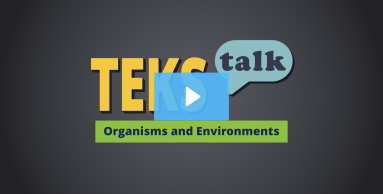Website Maintenance Notice

Knowledge and Skills Statement
The further explanation is designed to be a resource for educators that helps them better understand the topic their students are learning. Further explanations may be written at a more complex level than would be expected for students at the grade level.
Taxonomy is a scientific model with limitations. Not all life fits neatly within that model. For example, all bacteria and archaea are prokaryotic. All plants, animals, fungi, and protists are eukaryotic. All bacteria and archaea are unicellular, and most protists are unicellular. All plants and animals are multicellular, and most fungi are multicellular. Autotrophs include all plants and some bacteria, archaea, and protists. Heterotrophs include all animals and fungi, as well as some protists, archaea, and bacteria. Sexual reproduction occurs in plants, animals, and fungi, but asexual reproduction does, too. Bacteria and archaea reproduce asexually.
Research
Harris, Cornelia, Alan Berkowitz, Jennifer Jennifer, Doherty, and Laura Hartley. "Exploring Biodiversity's Big Ideas in Your School Yard." Science Scope 36, no. 8 (2013): 20–27. http://www.jstor.org/stable/43184758
Summary: The article " Exploring Biodiversity's Big Ideas in Your School Yard" uses a common schoolyard as an ecosystem. Various organisms are identified within their kingdom, and their contribution to the ecosystem is emphasized.